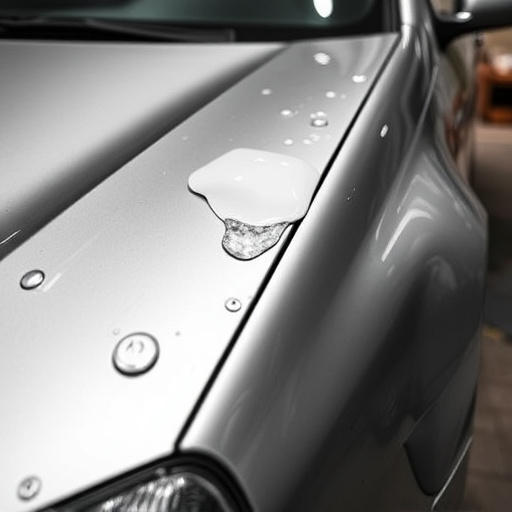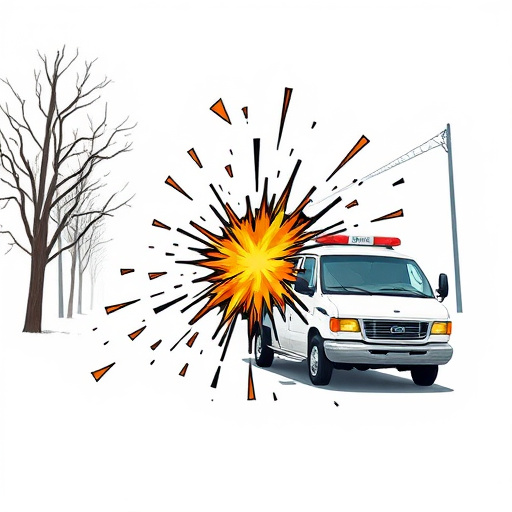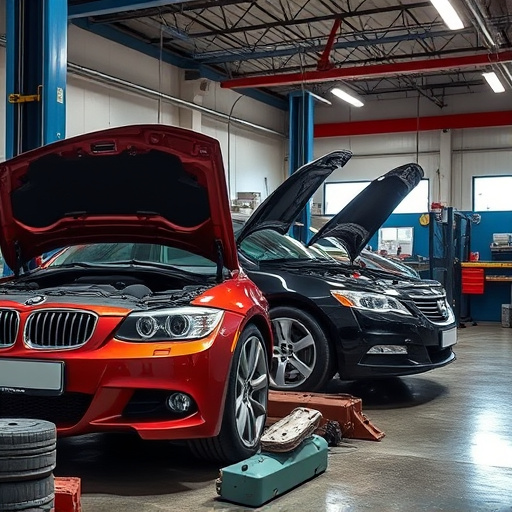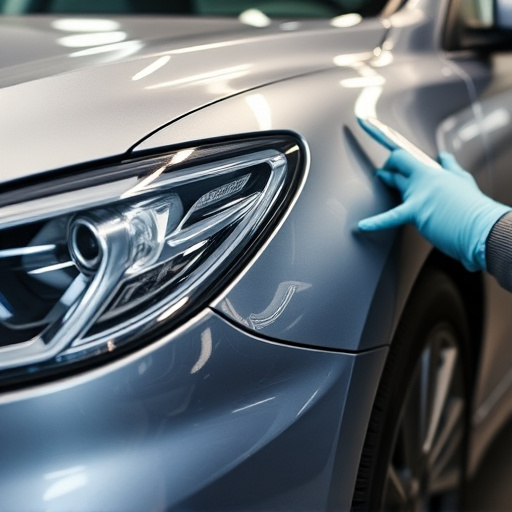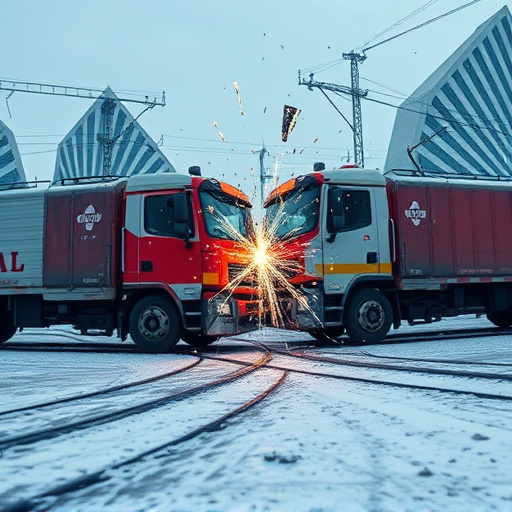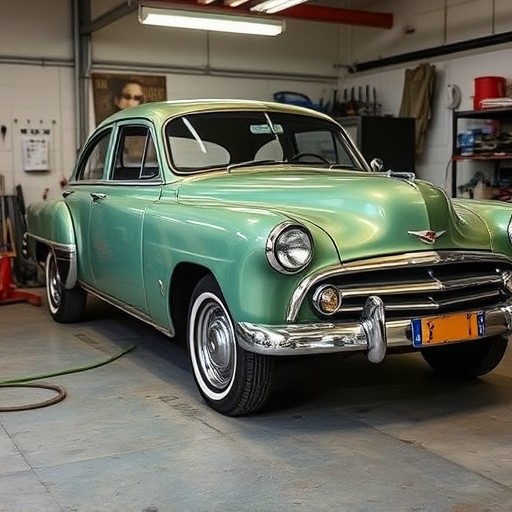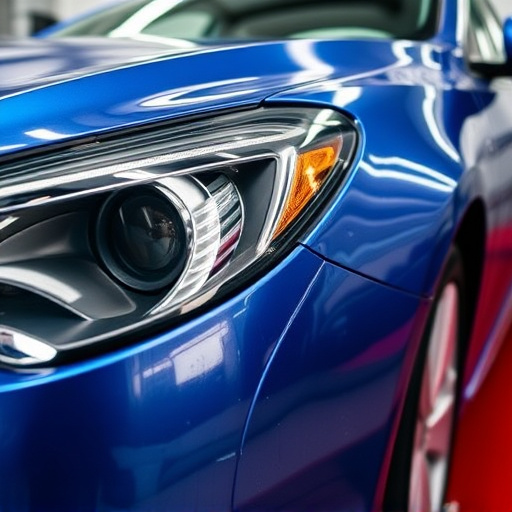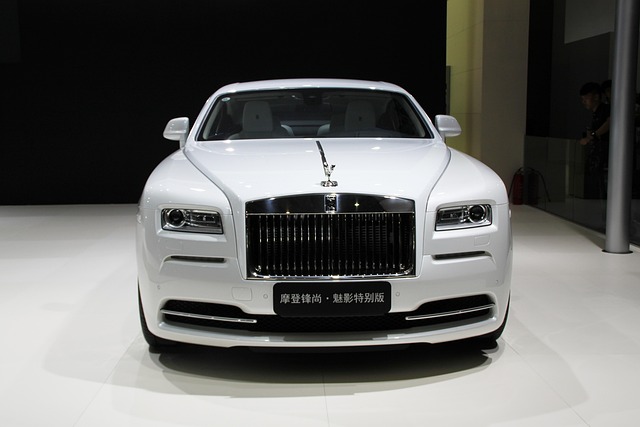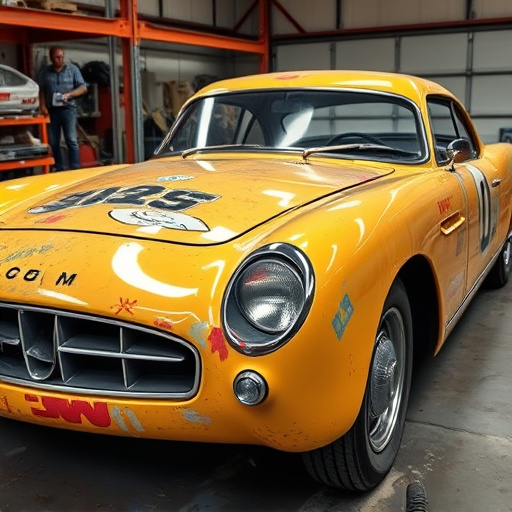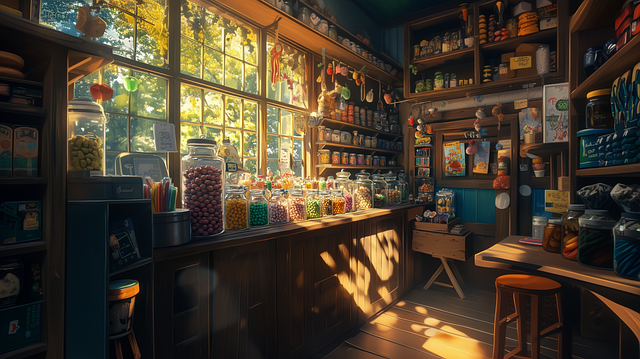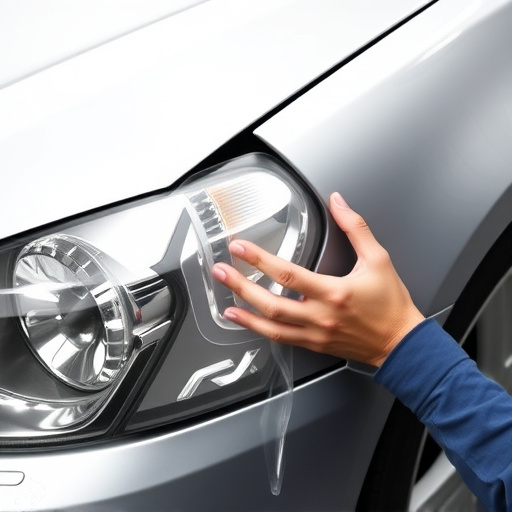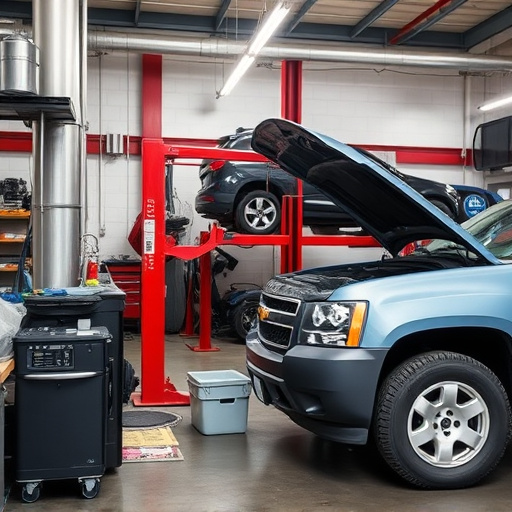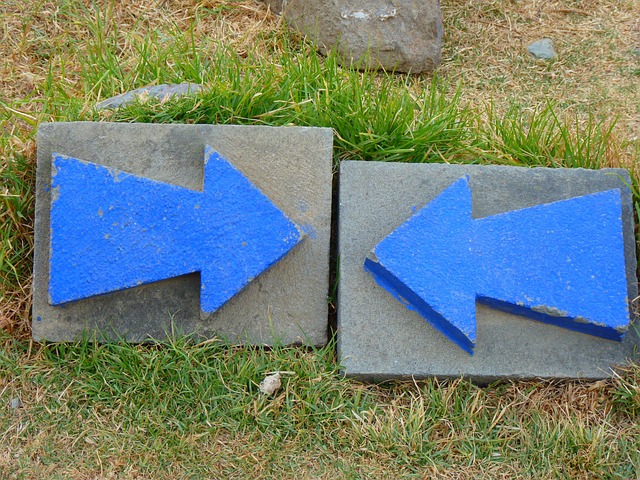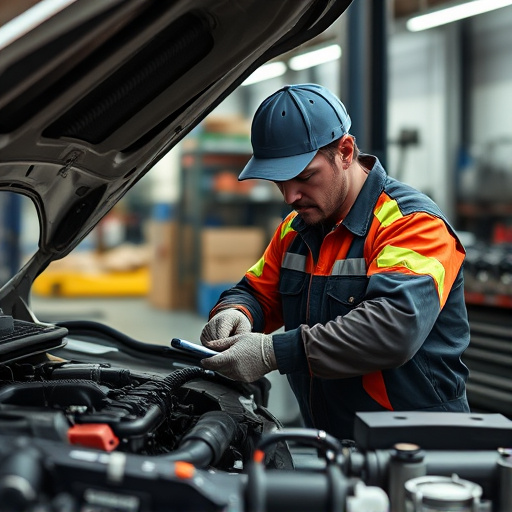Plasma cutting collision services have revolutionized automotive repair and restoration, providing precision and speed in metal removal. Safety protocols, including PPE and proper ventilation, are crucial for preventing accidents during plasma cutting operations. Hands-on practice is vital to master techniques like beveling and notching, ensuring high-quality results on various materials from steel to exotic alloys.
In the realm of automotive collision repair, precision and efficiency are paramount. Plasma cutting, a game-changer technology, offers precise, fast cuts, revolutionizing metal fabrication. This article delves into the essential training required for plasma cutting in automotive collisions. From understanding basic principles to mastering safety measures and hands-on techniques, it provides a comprehensive guide for folks aiming to enhance their collision repair skills with this advanced tool.
- Understanding Plasma Cutting Basics for Automotive Collisions
- Essential Safety Measures Before Training and During Operations
- Hands-On Practice: Techniques for Effective Plasma Cutting in Collision Repair
Understanding Plasma Cutting Basics for Automotive Collisions
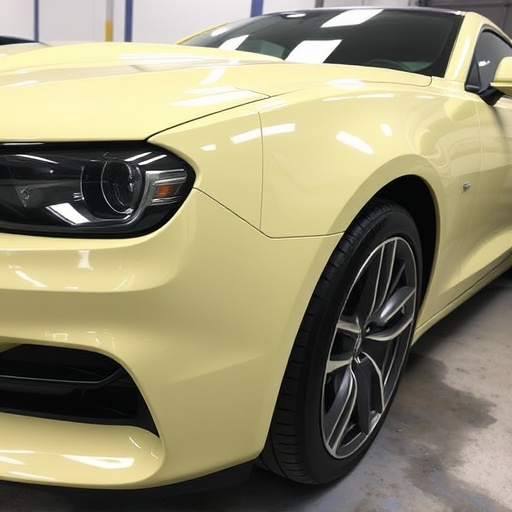
Plasma cutting is a specialized technique that has become an indispensable tool in automotive collision work and vehicle bodywork repairs. This advanced method involves using a plasma arc to cut through metal, offering precision and speed in shaping and modifying vehicle parts. For professionals in the collision industry, understanding the basics of plasma cutting is crucial for efficient and effective car scratch repair and even intricate vehicle restoration projects.
By mastering this process, technicians can seamlessly navigate complex cuts, ensuring clean and accurate results. Plasma cutting collision services enable the precise removal of damaged or unwanted sections of a vehicle, making way for repairs or customization. This technology’s versatility allows for detailed work, from straightforward straight cuts to more challenging curves and contours, contributing to the overall quality of car scratch repair and vehicle restoration processes.
Essential Safety Measures Before Training and During Operations
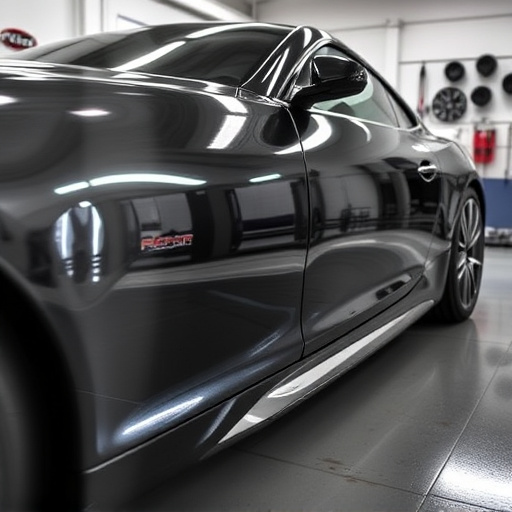
Before embarking on any plasma cutting tasks within automotive collision work, ensuring safety should be the top priority. Proper personal protective equipment (PPE), including specialized clothing, eye protection, and respirators, is mandatory to shield against potential hazards like sparks, debris, and harmful gases. The workshop environment must be meticulously prepared with adequate ventilation systems to control fumes and ensure a clear, well-lit space to minimize the risk of accidents.
During plasma cutting operations in vehicle body repair or car bodywork services, maintaining safety protocols remains paramount. Operators must adhere to strict guidelines regarding tool handling, ensuring they are securely fastened and regularly maintained to prevent malfunctions. Additionally, setting up appropriate barriers and signage around the work area helps regulate traffic flow, preventing unauthorized access and potential injuries from moving parts or intense light emissions.
Hands-On Practice: Techniques for Effective Plasma Cutting in Collision Repair
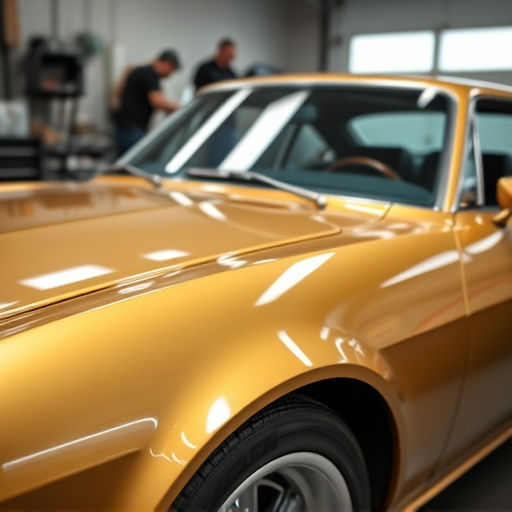
Hands-on practice is an integral part of mastering plasma cutting techniques for automotive collision work. This involves ample time in a controlled environment to experiment with different settings and materials. Trainees should learn how to adjust the plasma torch for optimal performance, considering factors like air pressure, gas flow rates, and electrode gap. Practical sessions enable them to develop a feel for the tool, understanding its response to various materials like steel, aluminum, and even exotic alloys common in modern vehicles.
Effective plasma cutting in collision repair goes beyond theory. It requires dexterity and precision, especially when dealing with intricate cuts for frame straightening in Mercedes Benz collision repair or other complex vehicle collision repairs. Trainees must master techniques for precise cutting, including beveling and notching, which are crucial for fitting and aligning parts accurately. Regular practice sessions help refine these skills, ensuring that the final results meet the high standards of the industry, whether for a sleek Mercedes Benz restoration or any other vehicle collision repair task.
Plasma cutting has emerged as a game-changer in automotive collision repair, offering precise and efficient metal manipulation. As this article has highlighted, understanding the basics, prioritizing safety, and engaging in hands-on practice are crucial steps for mastering plasma cutting techniques. With the right training and adherence to safety protocols, professionals in the collision industry can leverage plasma cutting’s potential to enhance their work quality and productivity, ensuring superior results in every repair process.
